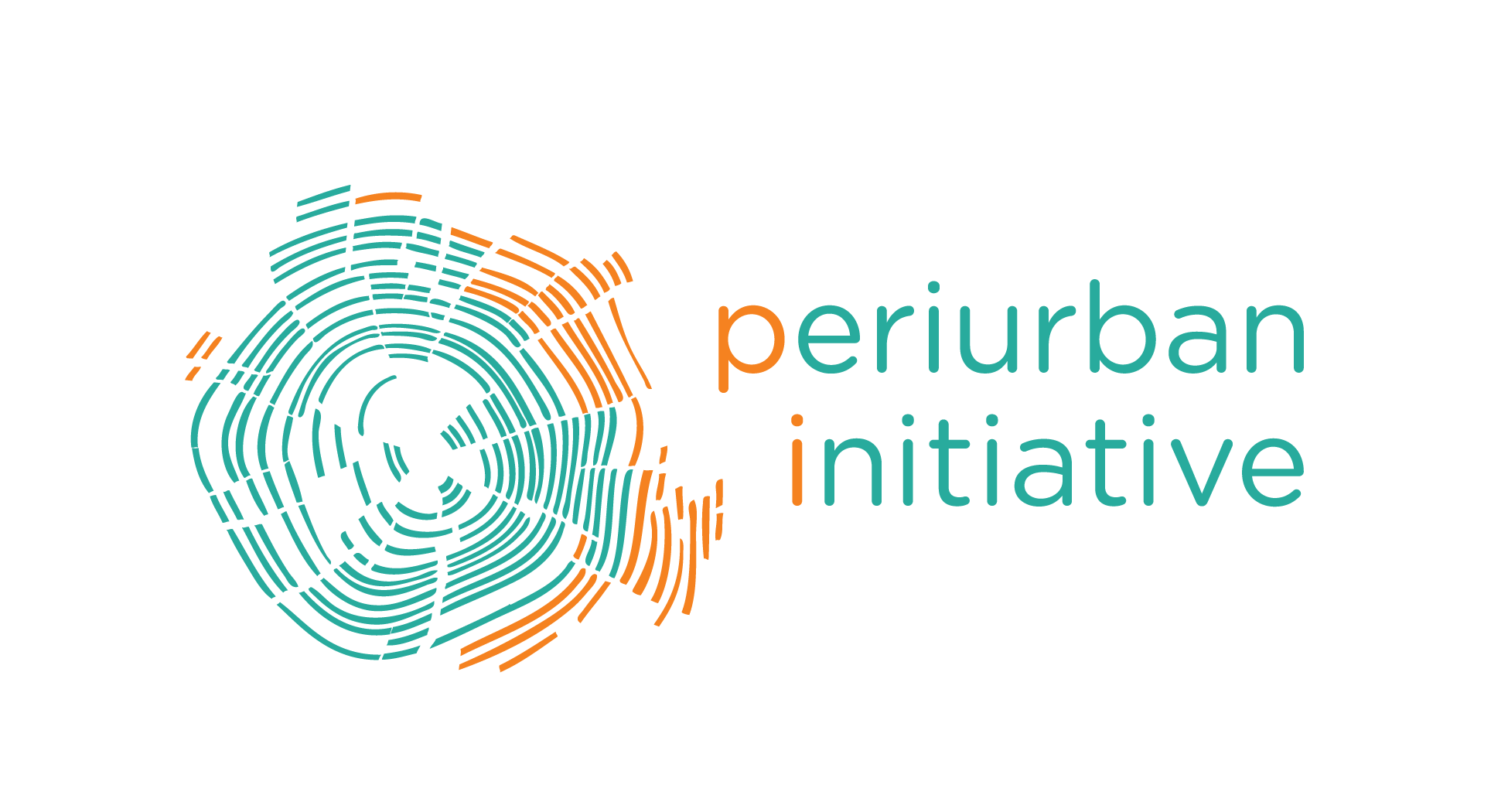How clean is clean water? Disposal of waste and related challenges in water contamination in Sriperumbudur
Our research aimed to find out whether a lack of sound municipal and domestic waste management could lead to contamination of soil and water in areas under agricultural use, thus posing a threat to food safety and people's health. Our study site was in the Peri-Urban town of Sriperumbudur, 40 Km west of Chennai (part of the Kanchipuram District), and its mainly rural surroundings. The town has a population of 25,000 and been declared a special economic zone (SEZ). Since then (the early 2000s) it has experienced an economic boom, as well as exponential population growth of 55 percent within ten years
We decided to base our research understandings by the conducting qualitative interviews (with a pre-defined set of questions) with the relevant stakeholders coupled with field observations.
Introduction
The Field Work
We looked for signs of insufficient or harmful waste disposal and pollution in the areas of Sriperumbudur and the nearby Manimangalam Lake (a big water body which is significant for the region's water supply.). The plan was to move from the first station of Manimangalam towards the direction of the Sriperumbudur town, following the main road and looking for waste dumping sites or other kinds of harmful waste treatment. Based on earlier field visits, we expected to find waste in and near settlements, next to roads, in or near water bodies, and lying openly on the field.
We used the levee of the Lake (the highest elevation in the area) to get a first overall glimpse of the area, seeing if we could spot any significant dumping sites, but we found none. The surrounding looked relatively clear on the outset; with undulating rice fields characterizing the landscape (see fig. 2).
However, this crucial site (in regards to ecology and water resource) was not entirely free from pollution (see fig. 3). Based on the amount and sorts of trash, this looked more like occasional littering than systematic waste deposal.
As we got closer to human settlements, unorganized waste deposal became more apparent. The area around the Manimangalam Lake near the settlements, showed concerning amounts of pollutant material, for example, old car wrecks next to and partially within the lake (fig. 4), waste strewn next to a road and an agricultural irrigation channel (fig. 5), and an open dumpsite in the wasteland, which seemed to also serve as some sort of cow meadow (fig. 6).
It can be assumed that the large amounts of plastic in and near water bodies, as well as other pollutants, lead to the contamination of groundwater. This contamination poses a threat to the drinking water supply, as well as food safety.
Due to the nature of food production in Tamil Nadu – each region specializes in one crop, and then sells it to a central distributor, from where it gets transported into other regions – the local population is not exclusively exposed to local contaminants. However, the spreading of contaminated food from the Sriperumbudur region into other regions must be considered.
Our interviews in Sriperumbudur resulted in similar impressions. Our respondents were people we presumed were the most relevant for local waste production, consumption of locally produced and thus possibly contaminated food: Shop owners, street vendors, and private households.
Many people are buying locally grown rice, and almost every household, including the shop owner's, is dependent on groundwater for drinking purposes, which poses a considerable health risk.
When it comes to waste production, the overall picture that we could draw rather quickly was that most of the town's population was either indifferent to, or did not feel responsible for waste disposal and management. For example, the respondents lacked understanding of trash separation and the need to dump their waste in public trash bins and not in the open.
However, we also came across people who were aware of the need for waste management, even though it seemed they also lacked knowledge of possibilities. One interviewee that stuck out was from a family that was leading a sustainable lifestyle, compared to the rest. They were, for example, composting organic waste and using cow dung for fuelling their stove. Also, it seemed the public and administration were lacking awareness/ intent about general hygiene, for example when it comes to food waste being strewn in proximity to their stalls/shops; open drainage system and massive pollution of certain areas (see fig. 10 to 11).
Conclusions
We felt there was a general lack of awareness, responsibility amongst the populace, and a lack of intent amongst the administration resulting in waste management being a significant problem in the area of Sriperumbudur.
More Questions for further Research
First, it would be essential to find out how one could raise the population's awareness and responsibility towards the waste they generate, both on the municipal and household level. Furthermore, we see a need to determine effective measures to prevent and ultimately reverse or mitigate the damage already done.For doing so, it would also be useful to quantify the actual contamination to assess the impact on food safety and quality.

















